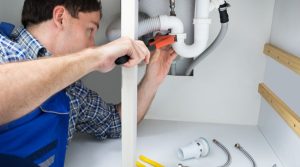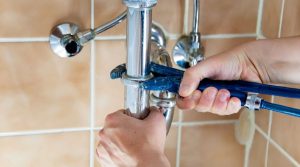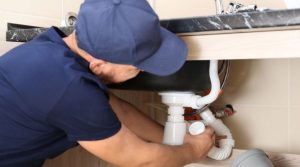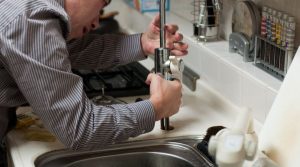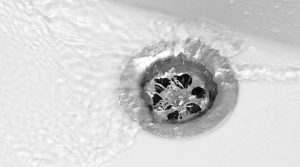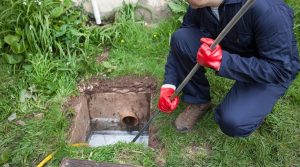Did you know that heating water accounts for about 20% of your home’s energy use? Inefficient water heaters can lead to higher energy bills and decreased performance. To prevent these issues, here’s a 5-step guide to improving your water heater’s efficiency and reducing energy costs.
Step 1: Remove Sediment from the Water Heater
Over time, minerals like calcium and magnesium in your water can accumulate at the bottom of your tank, forming sediment. This buildup can force your water heater to work harder to heat water, leading to increased pressure, potential overheating, or even tank ruptures.
To maximize efficiency, flush out your water heater at least once a year. Drain the tank completely and rinse it with cold water to remove sediment. This simple maintenance step helps keep your water heater running smoothly and prevents more costly issues down the line.
Step 2: Insulate Water Pipes
Heat loss from water pipes can reduce the overall efficiency of your water heater, as it has to work harder to maintain water temperature. Insulating your pipes can prevent this heat loss and improve energy efficiency.
Pipe insulation can increase the water temperature by 2-4°F, saving energy and reducing your utility bills. This project is relatively straightforward: measure your pipes, choose an insulation material, and use basic tools like scissors, duct tape, and gloves to install the insulation.
Step 3: Utilize Low-Flow Fixtures
Installing low-flow plumbing fixtures is an effective way to conserve water and reduce energy usage without compromising performance. Low-flow showerheads, faucets, and toilets use significantly less water, cutting your hot water consumption by up to 50%.
This means your water heater doesn’t have to work as hard to maintain a supply of hot water, leading to energy and cost savings. Low-flow fixtures are a worthwhile investment that pays off over time, especially in homes with frequent, long showers.
Step 4: Adjust Your Water Heater’s Temperature to 120°F
Most water heaters come preset at 140°F, but lowering the temperature to 120°F can save you money while maintaining safe water conditions. Keeping the temperature too high not only consumes more energy but also increases the risk of scalding.
By lowering the thermostat to 120°F, you can cut your energy bills by 3-5% annually. Be careful not to set the temperature below 120°F, as doing so could encourage bacterial growth in the tank.
Step 5: Repair Plumbing Leaks
Even minor plumbing leaks can waste significant amounts of water and force your water heater to work overtime. A small faucet leak can cost you over $35 per year and waste around 1,661 gallons of water.
Check your water heater for any leaks, paying close attention to the tank, the drain valve, and the temperature-pressure relief valve. Inspect nearby pipes and fixtures for signs of leakage as well. Addressing leaks promptly helps your water heater operate more efficiently and prevents excessive wear and tear.
Regular Maintenance Matters
Routine maintenance is essential for keeping your water heater in top shape. Even if there are no apparent issues, regular inspections and tune-ups can save you money and extend the life of your water heater.
Need Professional Help? BJC Plumbers Jersey City is here to assist with your water heater maintenance, repairs, and replacements. Contact us today to schedule a service and keep your water heater running efficiently. We’re committed to ensuring your comfort and helping you save on energy costs. Reach out at (201) 885-7265 for reliable plumbing services.


